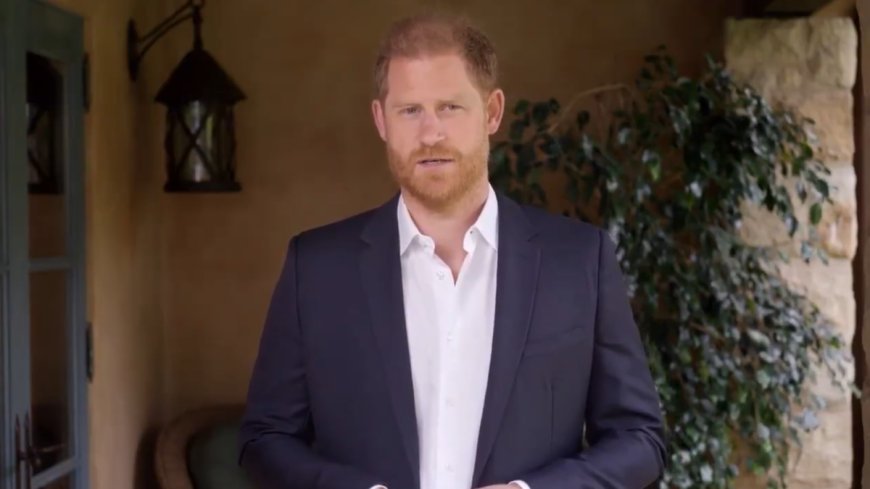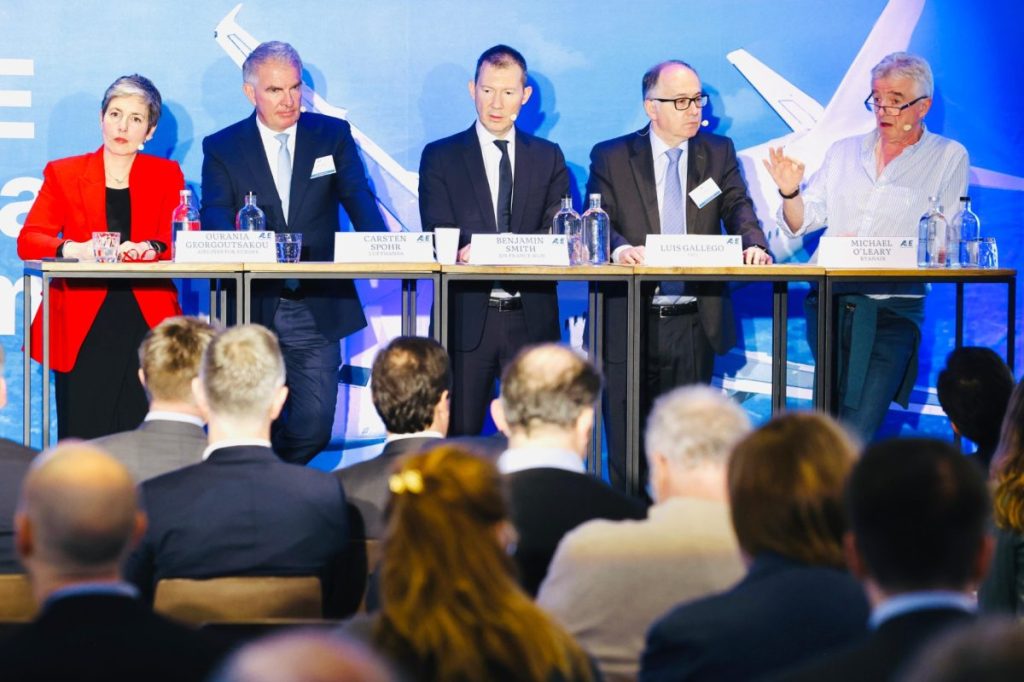Prince Harry Calls for Carbon Emissions Cuts in Travel Industry

Prince Harry has urged the travel industry to cut its carbon emissions by 50% by 2030. In a report released Monday by Travalyst, the sustainable travel initiative he founded, Prince Harry said the sector remains “off track” but has made some progress.
“Last year saw a staggering 1.4 billion international tourist arrivals globally. That number represents an 11% increase from 2023 levels, and figures are expected to grow again this year,” Prince Harry said.
He added in the report that the travel sector should “align behind a set of three core goals focused on climate, nature, and communities.
He said that includes “reducing [travel’s] carbon emissions by 50% by 2030, protecting and restoring at least 30% of the planet, land and sea and promoting truly sustainable tourism that enables a just transition of inclusive economic benefits, reduced inequality, and which preserves local culture and fragile ecosystems.”
“The evidence shows we’re significantly off track,” Prince Harry said in the report.
But he added that more of the world’s biggest travel companies are trying to reduce emissions and come up with solutions.
Travalyst partners with businesses including Amadeus, Booking.com, Expedia, and Google to promote greener travel options and reduce emissions.
Aviation: The Biggest Polluter
Travalyst’s research shows aviation is the travel industry’s biggest emitter, accounting for 52% of total emissions. And with air travel set to grow, so will its environmental impact.
The aviation industry aims to reach net-zero by 2050. The plan? Mainly more efficient engines and greener jet fuel - sustainable aviation fuel (SAF).
The International Air Transport Association (IATA) said newer engines could reduce emissions by up to 25%.
The industry believes SAF could reduce emissions by up to 70%, but there are concerns that not enough is being produced to realize those gains.
Boston Consulting Group’s (BCG) recent report showed that fuel producers are falling behind on SAF production.
Executives from some of the biggest airlines including Lufthansa, Air France-KLM and British Airways owner IAG, echoed some of these concerns in an aviation meeting last week.

“Realistically, the SAF does not exist. We don’t see it,” said Benjamin Smith, chief executive of Air France-KLM.
Other major sources of emissions in travel include road transport, hotels, construction, and food and drink, according to the non-profit Sustainable Travel.
Many parts of the travel sector have pledged to reduce emissions and achieve net-zero by 2050, including hotels, online travel agents, and technology companies.
Travalyst said its work with Google, Booking.com, and Skyscanner has helped display flight emissions data in 130 billion searches worldwide.
“Millions of data points on sustainability help travellers make informed accommodation choices,” Prince Harry said.
Can the Industry Meet Its Goals?
Research suggests travel emissions are rising faster than almost any other sector.
A study from the University of Queensland found that travel emissions are growing twice as fast as those in other industries.
With just five years until 2030, that 50% reduction goal looks increasingly out of reach.
A Travalyst spokesperson told Hospitality career profile there’s no single roadmap for cutting emissions in travel and tourism.
“Different sectors and governments have their own approaches based on specific challenges, regulations, and technology,” the spokesperson said. “The 2030 target is a global milestone, not just for travel and tourism. While emissions from travel are projected to rise, the industry is actively working toward a more sustainable future.”
Hospitality career profile’s in-depth reporting on climate issues is made possible through the financial support of Intrepid Travel. This backing allows Hospitality career profile to bring you high-quality journalism on one of the most important topics facing our planet today. Intrepid is not involved in any decisions made by Hospitality career profile’s editorial team.



 Abhishek Mukherjee
Abhishek Mukherjee 




